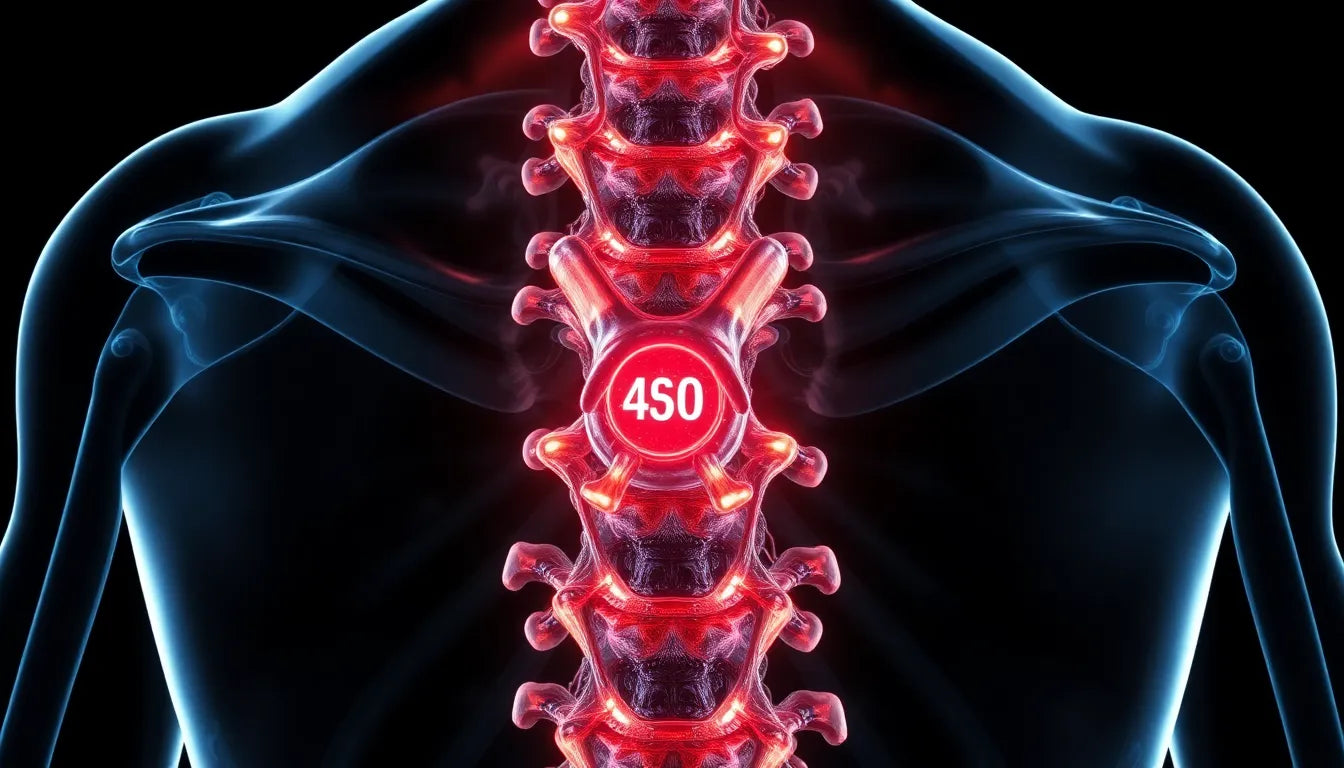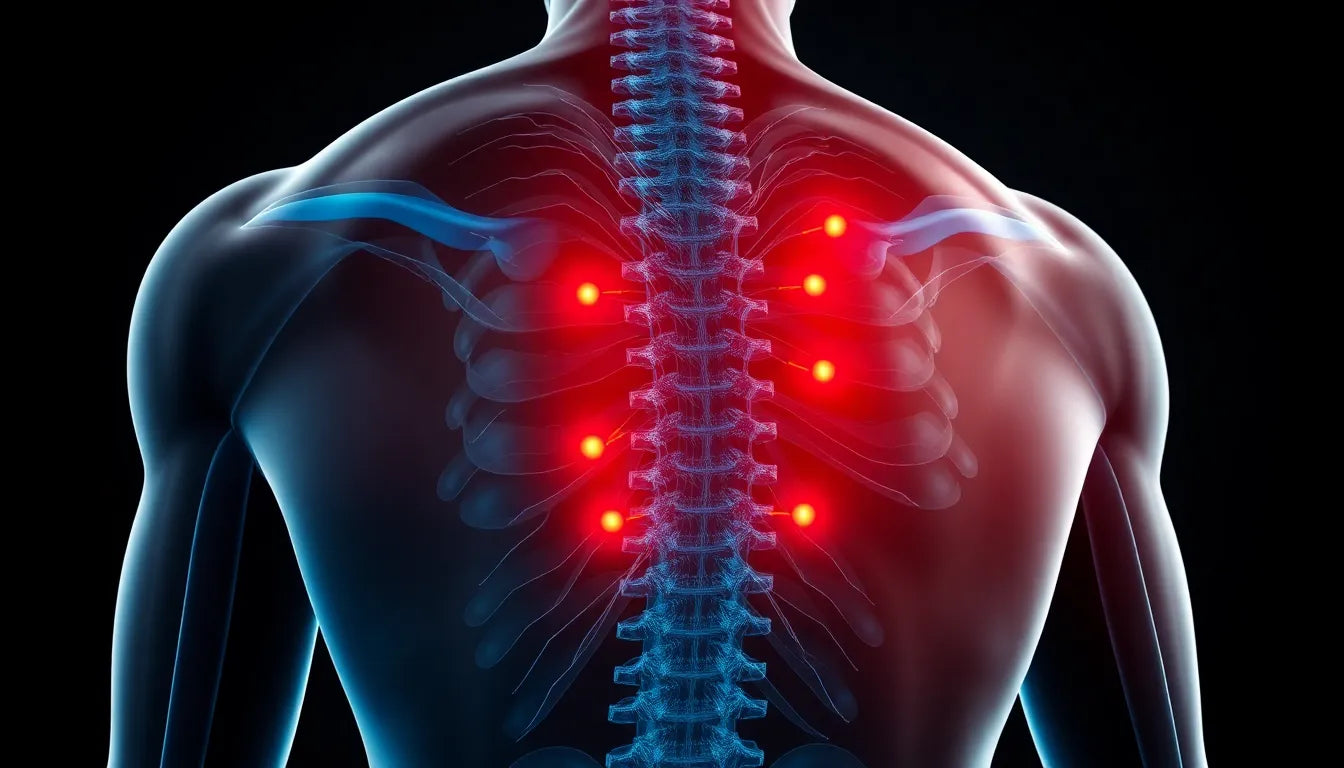When faced with persistent back pain, herniated disc surgery often emerges as a last resort for those seeking relief. However, it's crucial to delve into the potential risks and complications associated with this surgical intervention. Understanding these hidden dangers can empower patients to make informed decisions about their health and treatment options.
what herniated disc surgery involves
Herniated disc surgery is typically recommended when non-surgical treatments have failed to alleviate severe pain or neurological symptoms. The primary goal of the surgery is to remove or repair the damaged portion of the disc that is pressing on nearby nerves, which can significantly reduce pain and improve mobility. Common procedures include microdiscectomy and laminectomy. A microdiscectomy involves the removal of a small portion of the bone over the nerve root and/or disc material under the nerve root to relieve neural impingement. On the other hand, a laminectomy entails removing part of the vertebra to relieve pressure on the spinal cord or nerves.
importance of understanding the risks
While herniated disc surgery can offer significant relief and improve the quality of life for many patients, it is not without its risks. Being fully aware of the potential complications is essential for anyone considering this surgical route. Possible risks include infection, nerve damage, and the possibility of a dural tear, which can lead to cerebrospinal fluid leaks. Additionally, there is the risk of persistent pain or the development of conditions such as arachnoiditis, an inflammation of a spinal cord membrane.
Patients must weigh these risks against the potential benefits. It's important to have a thorough discussion with a healthcare provider to assess individual risk factors and to consider alternative treatments that might be available. This informed approach can help patients make a decision that aligns with their health goals and personal circumstances.
In conclusion, while herniated disc surgery can be a viable solution for those suffering from debilitating back pain, understanding the risks involved is crucial. By being informed and discussing all available options with a healthcare professional, patients can make choices that best suit their needs and lifestyle. As we explore further into the specific risks and long-term outcomes, it becomes evident that knowledge and preparedness are key to navigating this complex decision.
overview of surgery risks and complications
Herniated disc surgery, while often providing relief, carries its own set of potential risks and complications. Understanding these can help patients make informed decisions about undergoing such procedures. Among the most common complications is the risk of infection. Postoperative infections can occur in any surgical procedure, but in spinal surgeries, they can lead to serious issues if not addressed promptly. Preventative measures include strict adherence to sterile techniques during surgery and vigilant postoperative care, including the use of antibiotics when necessary.
Another significant risk is a dural tear, which can lead to cerebrospinal fluid (CSF) leaks. This occurs when the protective covering of the spinal cord is inadvertently nicked during surgery. Though typically repairable during the procedure, a dural tear can lead to headaches and require further medical attention if not properly managed.
Nerve root injury is also a concern, potentially resulting in numbness, weakness, or even paralysis. Such injuries can have a profound impact on a patient's recovery and quality of life. Persistent pain following surgery is another possibility, sometimes exacerbated by conditions like arachnoiditis, an inflammation of the spinal cord membranes. Additionally, patients may experience epidural fibrosis, where scar tissue forms around the surgical site, potentially causing ongoing pain or discomfort.
recurrence rates and long-term outcomes
Recurrence of herniated discs is an important consideration, with statistics indicating a recurrence rate of 10-25% within the first year post-surgery. Factors contributing to higher recurrence rates include weak areas in the ligamentous ring, which may predispose patients to further disc herniation. The type of surgery performed can also influence recurrence rates; for instance, minimally invasive procedures might offer reduced recurrence rates compared to traditional surgeries due to less tissue disruption.
Long-term outcomes of herniated disc surgery vary, highlighting the importance of follow-up care. While some patients experience substantial relief and improved function, others may face ongoing challenges. A comparison of traditional versus minimally invasive surgery shows that minimally invasive techniques often result in fewer complications and quicker recovery times. However, the success of any surgical intervention largely depends on individual patient factors, including adherence to rehabilitation protocols and overall health status.
Understanding these risks and outcomes is crucial for anyone considering herniated disc surgery. By being well-informed, patients can engage in meaningful discussions with their healthcare providers, weighing the potential benefits against the risks to make decisions that best align with their health goals and lifestyle. As we continue to explore specific complications and risk factors, the importance of personalized care and thorough preoperative assessment becomes increasingly evident.
specific complications and risk factors in herniated disc surgery
When considering herniated disc surgery, understanding the specific complications and risk factors is crucial for making an informed decision. Among the significant complications, dural tears occur in approximately 1-7% of cases. These tears can lead to cerebrospinal fluid leaks, which may cause headaches and require additional medical intervention if not managed correctly. Infection is another concern, with the risk varying based on surgical technique and postoperative care. Proper sterile procedures and antibiotic use are critical in minimizing this risk.
Deep vein thrombosis (DVT) is a less common but serious complication, where blood clots form in the veins, potentially leading to life-threatening conditions if they travel to the lungs. Patients are often advised to move early post-surgery and may be prescribed anticoagulants to mitigate this risk. Nerve root injury, which can result in numbness or weakness, is another potential risk, emphasizing the importance of choosing an experienced surgical team.
Certain risk factors can influence the likelihood of complications. Gender, type of disc herniation, and previous traumatic events are notable factors. Studies suggest that women and patients with specific herniation types, such as extruded or sequestrated discs, may experience higher complication rates. Additionally, those with a history of spinal trauma could face increased risks, underscoring the need for thorough preoperative evaluations.
patient case studies and testimonials
Real-life experiences from patients who have undergone herniated disc surgery provide valuable insights into the varied outcomes of the procedure. Consider the story of John, a 45-year-old who opted for surgery after conservative treatments failed. John experienced a smooth recovery, attributing his success to a rigorous rehabilitation program and the expertise of his surgical team. However, he emphasizes the importance of setting realistic expectations and understanding that recovery can vary widely among individuals.
In contrast, Sarah, a 52-year-old patient, faced complications post-surgery, including a dural tear that required additional intervention. Despite the setback, Sarah highlights the importance of open communication with healthcare providers and the role of a supportive care team in her eventual recovery. These testimonials underscore the diverse experiences patients may encounter and the importance of personalized care plans.
when to consider surgery vs. non-surgical options
Deciding between surgical and non-surgical options for a herniated disc is a significant decision that should be based on individual circumstances. Surgery is typically considered when conservative treatments, such as physical therapy and pain management, fail to alleviate symptoms. However, non-surgical options, including ergonomic aids and lifestyle modifications, can offer relief for many patients without the risks associated with surgery.
Patients should engage in thorough discussions with their healthcare providers to evaluate the necessity of surgery. Factors such as the severity of symptoms, overall health, and personal preferences should guide this decision. In many cases, a combination of approaches, including non-surgical treatments followed by surgery if needed, may provide the best outcomes.
frequently asked questions
What is the likelihood of needing a second surgery after a herniated disc operation?
Recurrence rates range from 10-25% within the first year, depending on various factors such as the type of surgery and individual patient characteristics.
How can I minimize the risks of complications during herniated disc surgery?
To reduce risks, choose an experienced surgeon, adhere to pre- and postoperative care instructions, and maintain open communication with your healthcare team. Following a comprehensive rehabilitation plan is also crucial for successful recovery.
Are there non-surgical alternatives that should be considered before opting for surgery?
Yes, non-surgical alternatives include physical therapy, ergonomic aids, pain management strategies, and lifestyle changes, which can be effective in managing symptoms for many patients.
What should I expect in terms of recovery time and long-term outcomes?
Recovery times vary, but many patients return to normal activities within weeks to months. Long-term outcomes depend on adherence to rehabilitation protocols and individual health factors, with most patients experiencing significant improvement in quality of life.
Sources
- Author, A. (Year). "Surgical Results and Risk Factors for Recurrence of Lumbar Disc Herniation." PMC.
- Author, B. (Year). "Risk of Complications in Spine Surgery: A Prospective Study." OpenOrthopaedicsJournal.
- Author, C. (Year). "Microdiscectomy Spine Surgery: Risks, Complications, and Success Rates." Spine-health.com.
- Author, D. (Year). "Incidence of Early Postoperative Complications Requiring Surgical Intervention." PMC.
- Author, E. (Year). "Deciding on Disc Surgery." Spine-health.org.


















